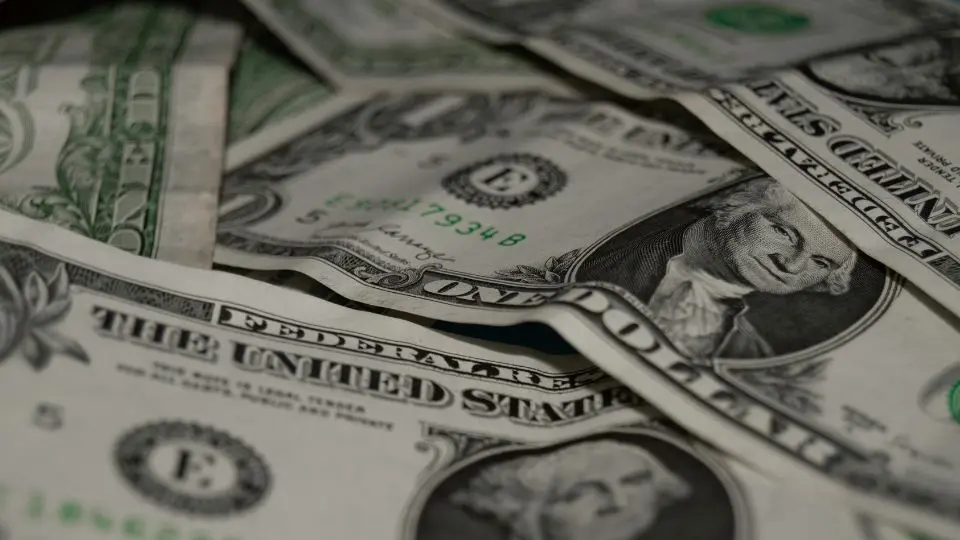The U.S. dollar has suffered its steepest annual decline since 1973, tumbling over 10% year-to-date as political turbulence, economic uncertainty, and speculation about the Federal Reserve’s future leadership weigh heavily on investor sentiment.
Political Tensions Spark Currency Crisis
Markets were rattled after credible reports surfaced that former President Donald Trump—now the leading Republican candidate for 2026—is considering replacing Fed Chair Jerome Powell if he returns to office. This unprecedented move has cast serious doubts over the central bank’s independence.
This political interference fear has intensified risk-off sentiment, sending the dollar lower against nearly all major currencies, including the euro, yen, and Swiss franc.
Investors Flee to Safe Havens
As confidence in U.S. monetary policy wanes, global investors have rotated into safer assets:
- Gold surged past $2,350 an ounce—its highest level since March.
- The Swiss franc gained nearly 4% in a single week.
- Emerging market currencies, especially in Asia and Latin America, have rallied against the dollar.
Fed’s Dilemma: Inflation vs Stability
Chair Powell, testifying before Congress earlier this week, reiterated the Fed’s data-driven approach. He noted the “complicated risk landscape” but stopped short of promising rate cuts, citing persistent inflation pressure tied to trade tariffs and supply-side constraints.
This cautious tone contrasted sharply with Trump’s statements, which demanded “immediate easing to rescue American industry.” The mixed signals have only deepened market confusion.
Global Impact of Dollar Slide
The weakening dollar is already reshaping global trade and capital flows:
- Oil prices: Brent crude rose to $86/barrel as dollar weakness makes commodities cheaper for foreign buyers.
- Imports & inflation: U.S. imports are now costlier, potentially stoking domestic inflation again in late 2025.
- Foreign reserves: Central banks worldwide are subtly reducing their dollar reserves in favor of gold and regional currencies.
What’s Next for the Dollar?
Currency analysts remain divided. Some predict a short-term rebound if political rhetoric cools. Others fear a prolonged correction as global faith in the dollar’s dominance is quietly eroded.
“This could be the start of a long-overdue recalibration in the dollar’s role as the world’s default reserve currency,” noted economist Lily Zheng in a report for Reuters.
Either way, the coming months may prove volatile for anyone exposed to USD-denominated assets, from tech giants to everyday savers.

